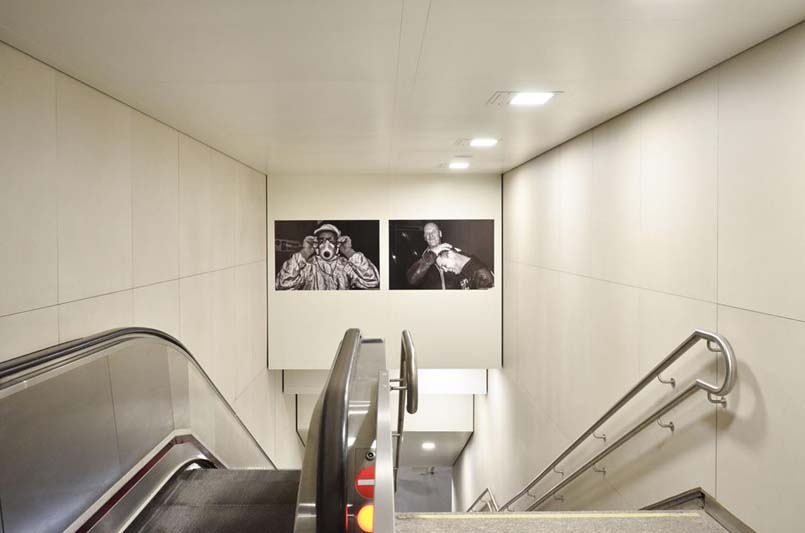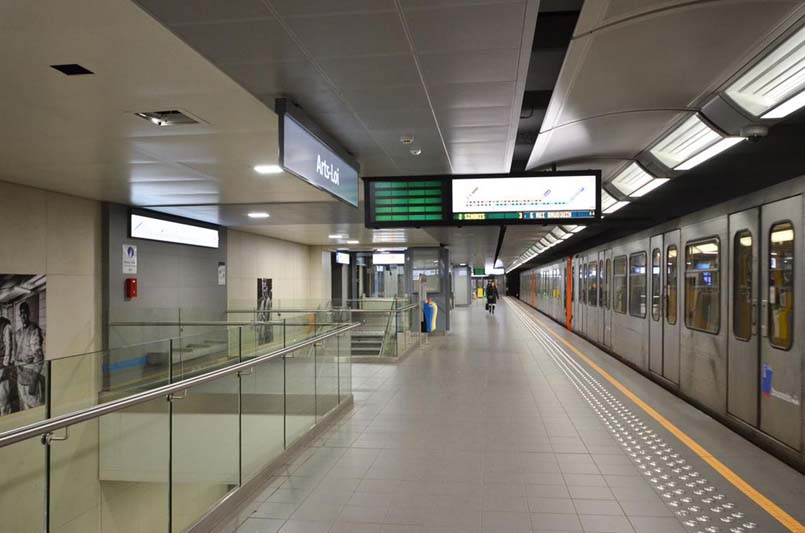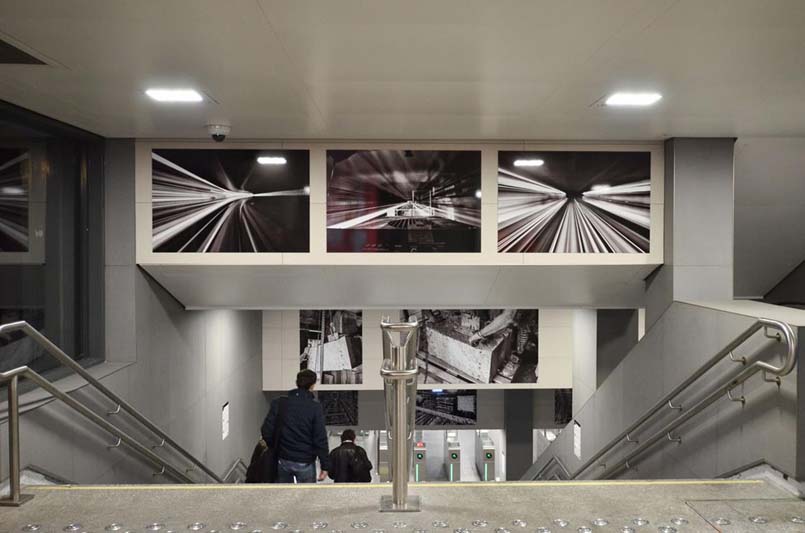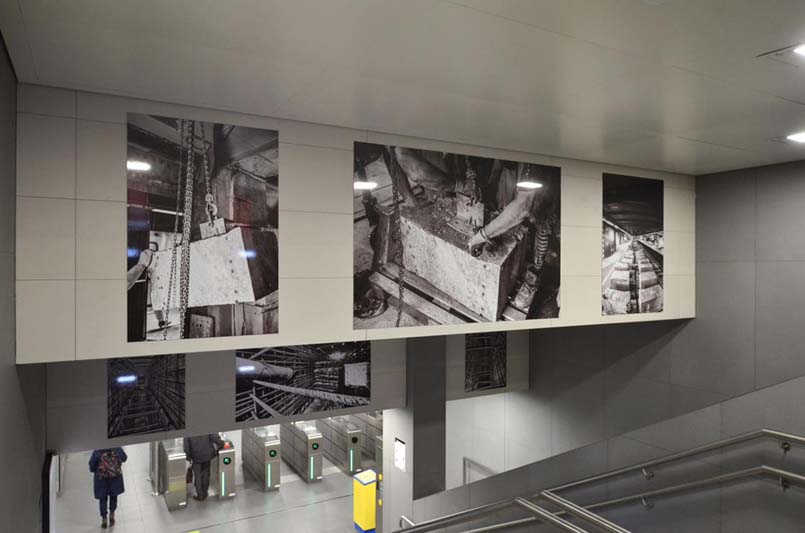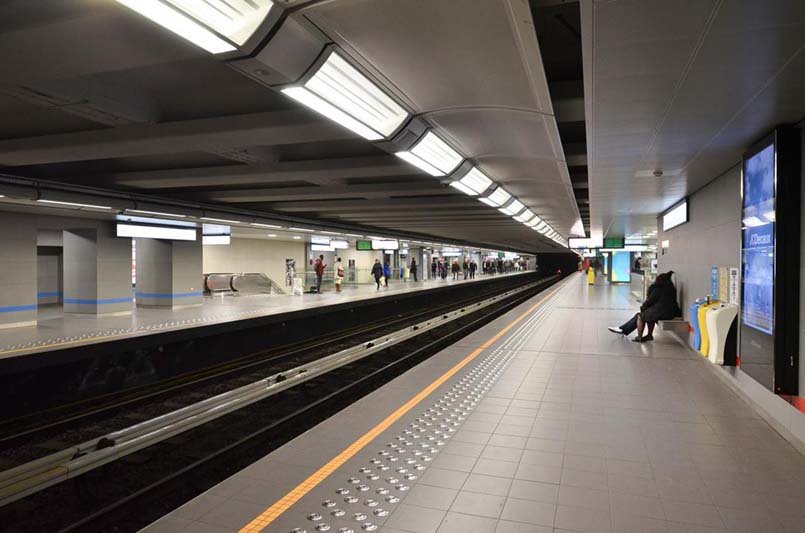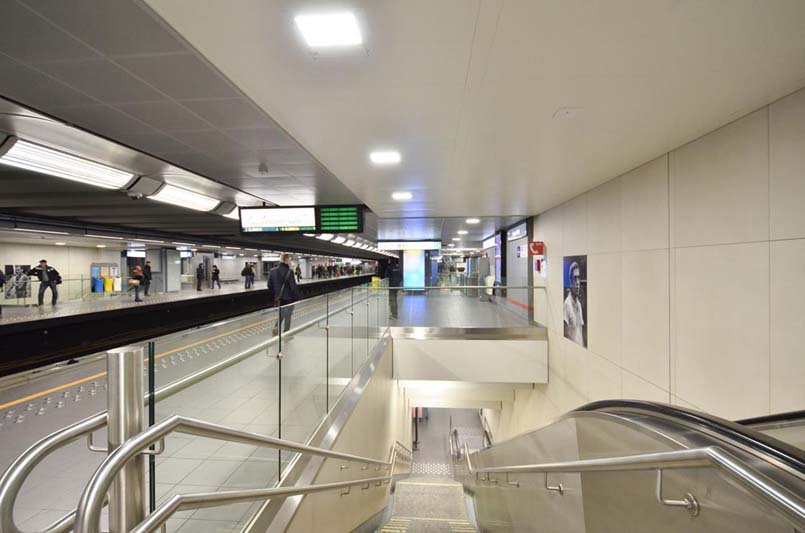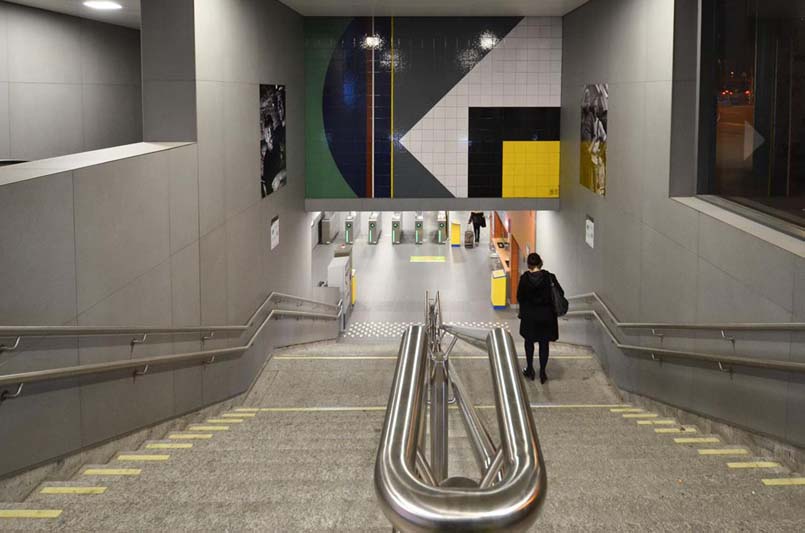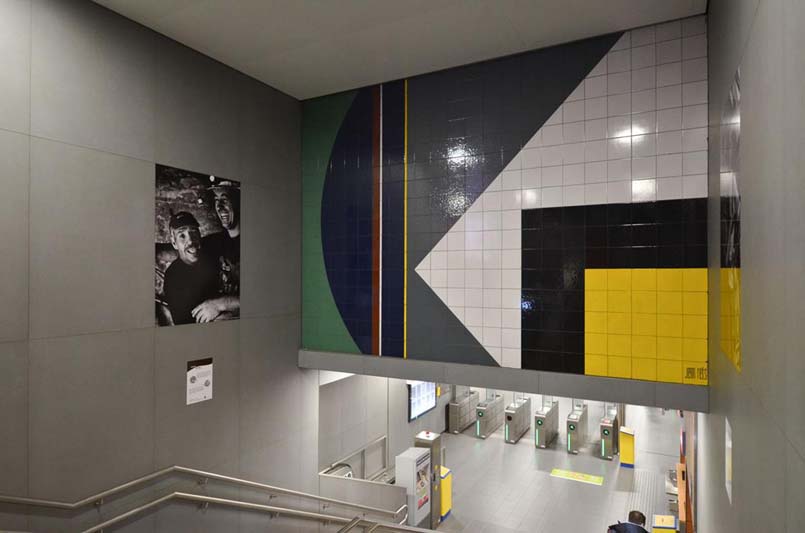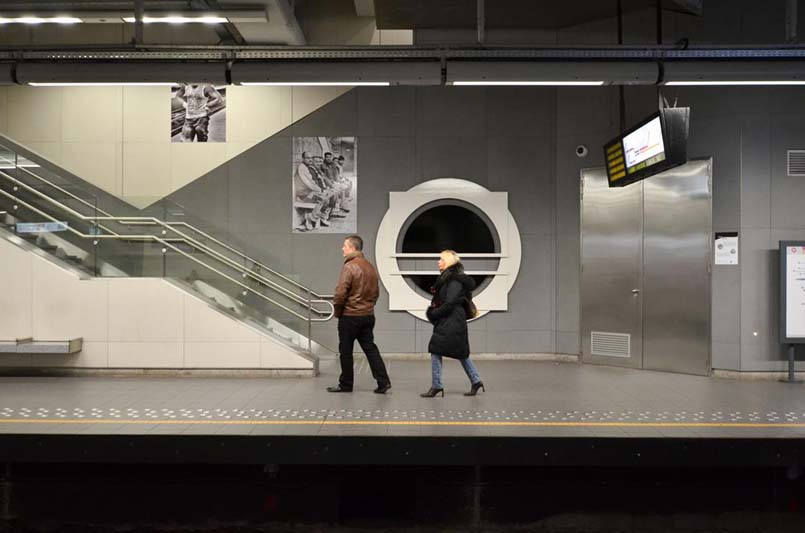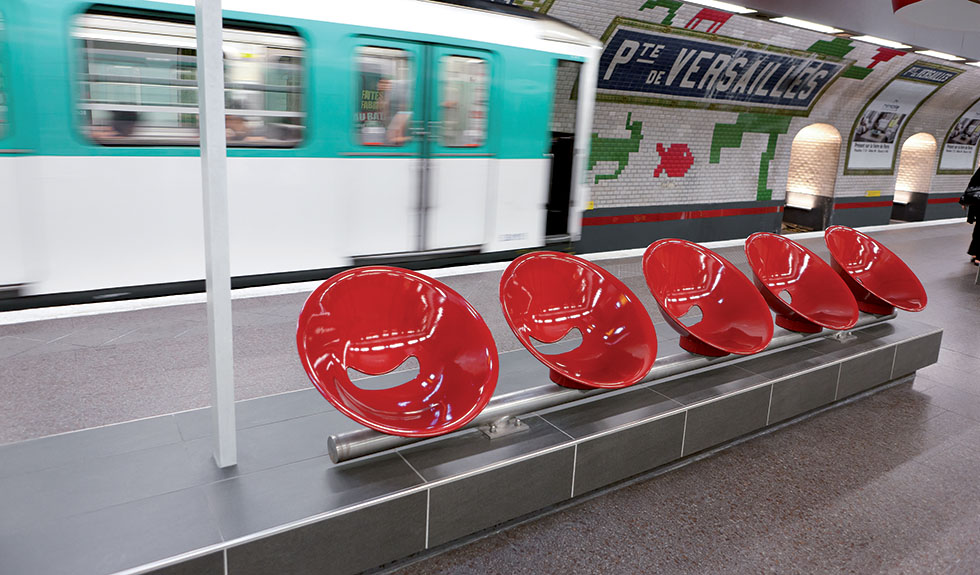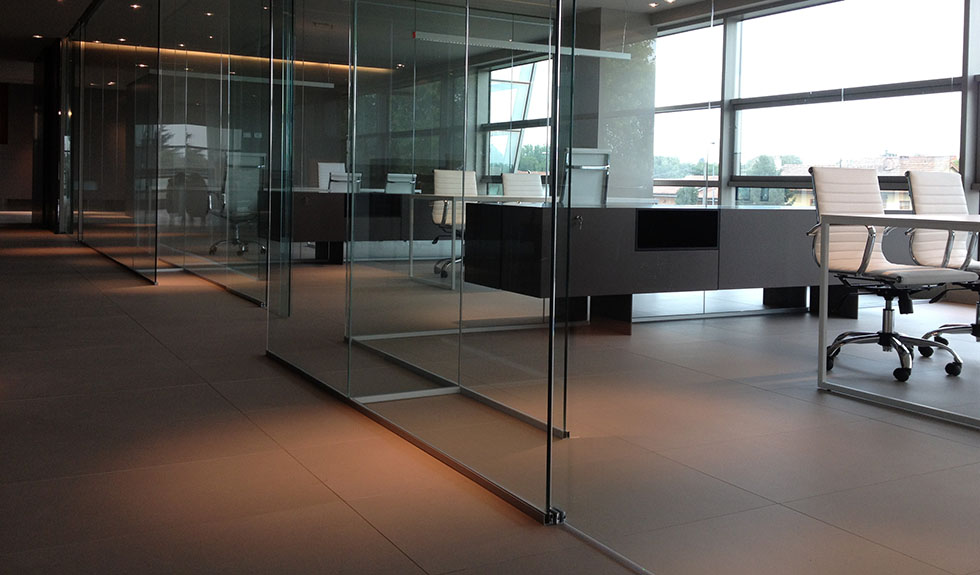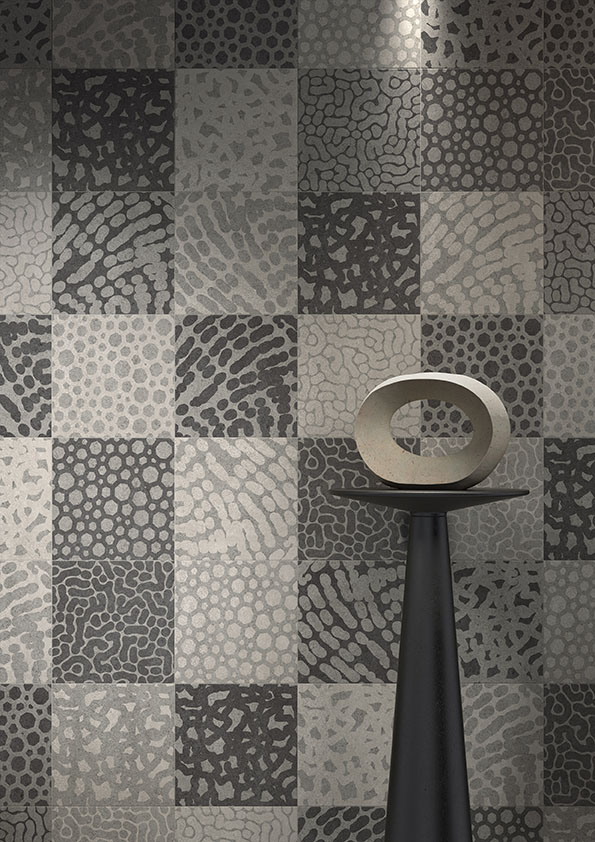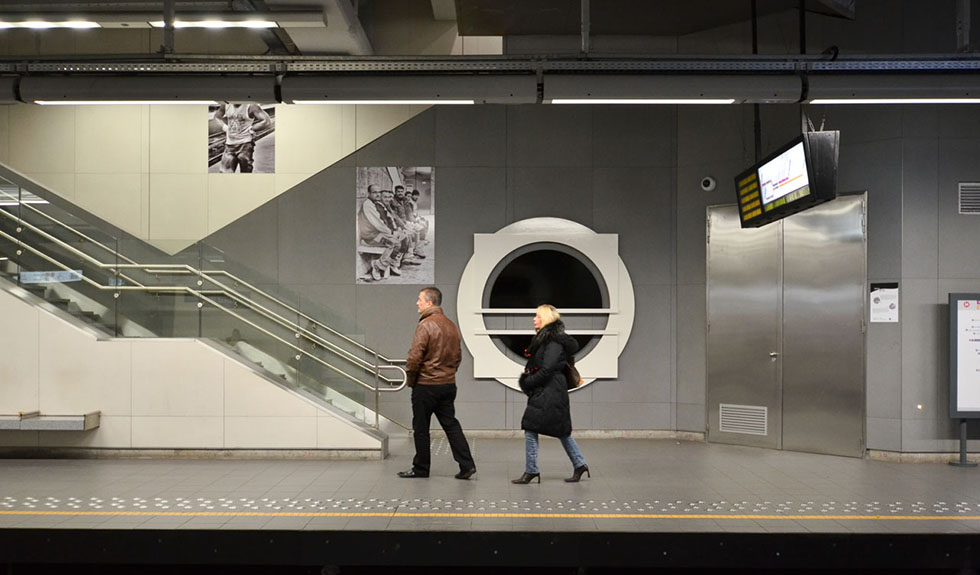
In public transport, complex infrastructure such as metro systems requires an in-depth study of its characteristics, not only from a technical and architectural perspective, but also from an aesthetic standpoint. Given the significant investment from major metropolitan cities, the design must ensure durability and ease of use, along with a timeless image that can look modern for the decades to come. Hence the need to deploy the best design practices and the best performing materials for urban stations: the result is metro systems that not only serve the needs of cities, but also enhance their prestige. Notable examples in Europe are the Brussels Metros.
Although the origins of the Brussels metro network date back further, the first line went into operation in September 1976. Consisting of 4 dedicated metro lines and 3 tramways, it encompasses 59 stations and offers the city an excellent service, playing a crucial role in urban mobility with its over 350,000 daily passengers. The Brussels metro stations have different, unrelated styles that reflect the aesthetic choices associated with the eras of their construction. For the Arts-Loi station, located right in the centre of the city beneath the intersection of rue de la Loi and avenue des Arts, the restyling plan included the insertion of Lea Ceramiche’s new generation Slimtech ceramic slabs as a covering for most of the walls. The Gouache.10 collection is characterized by large formats (up to 3 m x 1 m) and an ultra-thin thickness of 3.5 mm. Designed by architect and designer Diego Grandi, Gouache.10 offers a sculptural interpretation of the expressive potential of the concrete effect. Used in the Arts-Loi station of the Brussels metro, in the White Cloud and Cool Rain colours, it lends walls and spaces a clean, modern and characterful look. The thin and lightweight large Slimtech slabs are also made with lower consumption of water and raw materials, reducing CO2 emissions and ensuring a low environmental impact.

